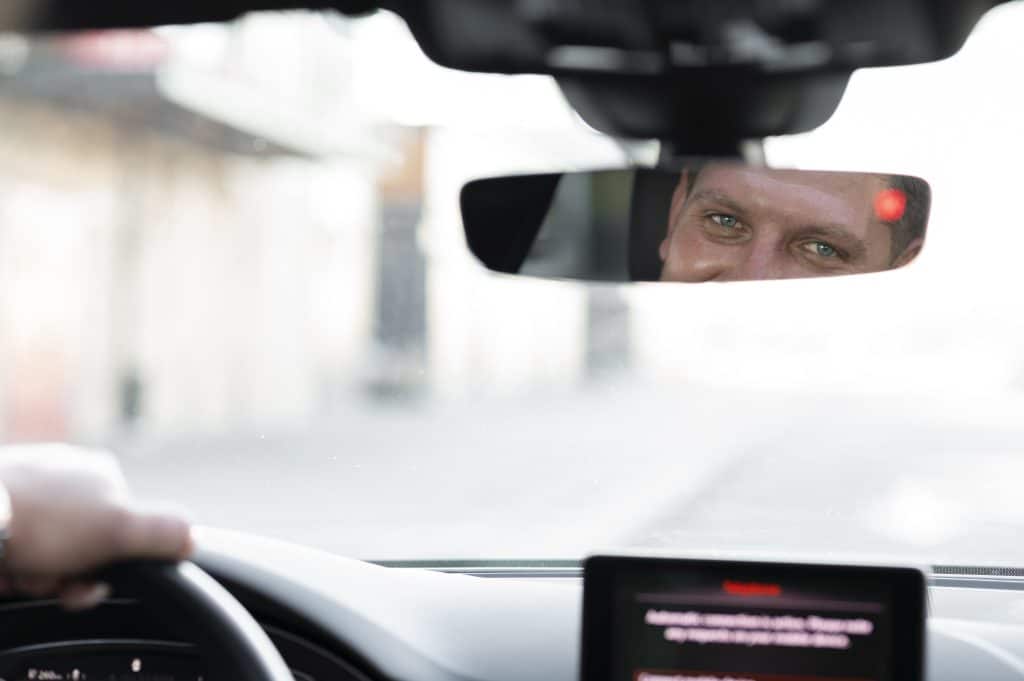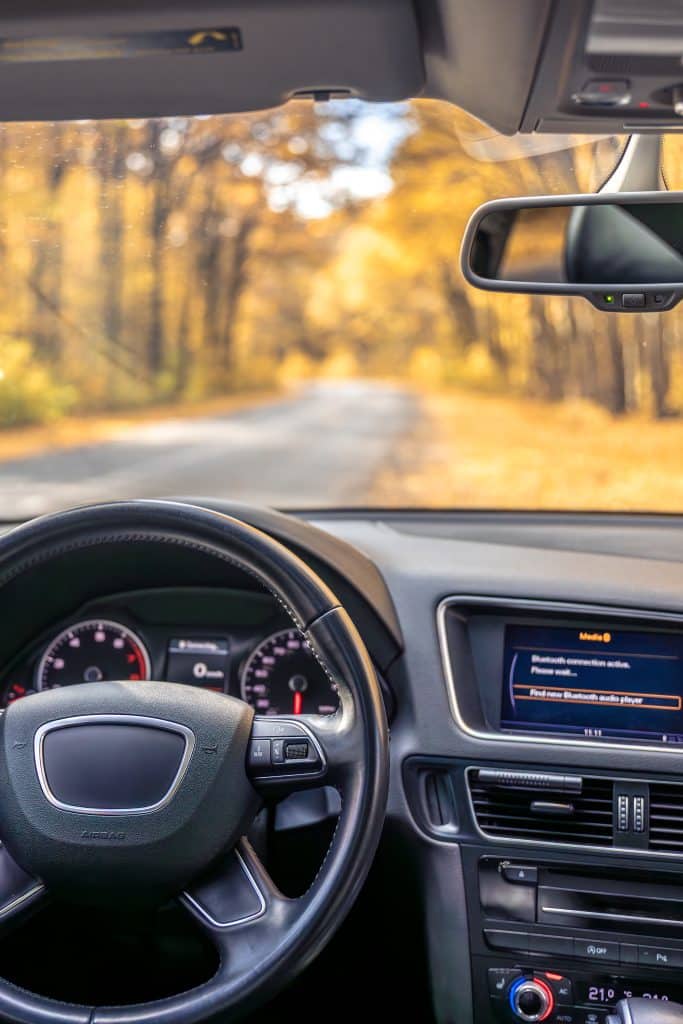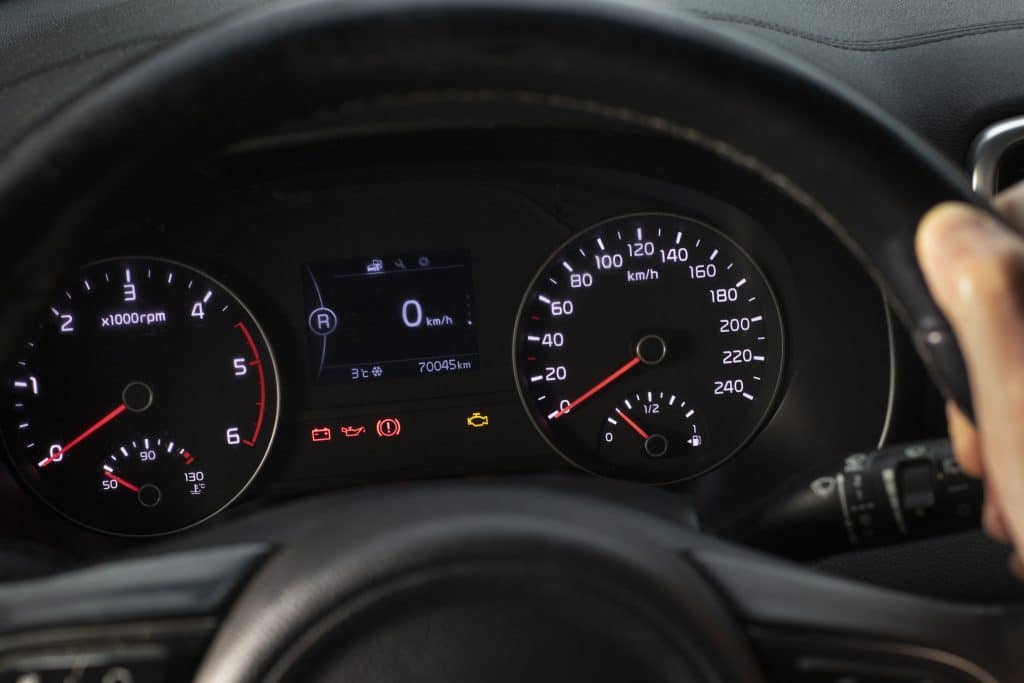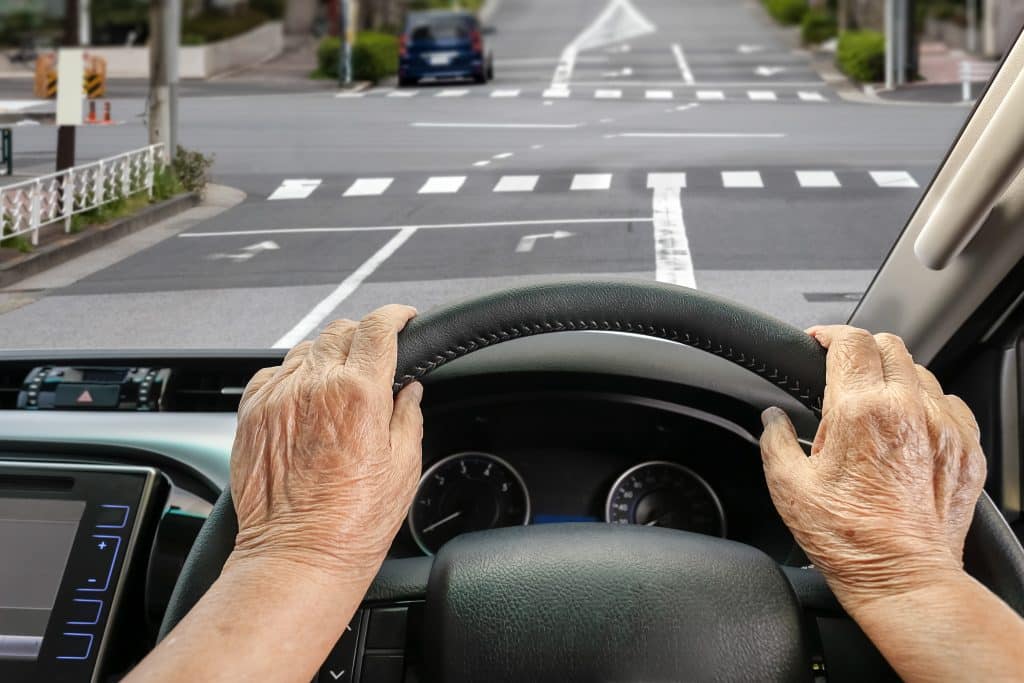Understand how autonomous cars are revolutionizing the automotive sector and promising to transform urban mobility.
What is autonomous driving?Autonomous driving is one of the biggest innovations in the automotive sector, promising to radically transform the way we move. It refers to a vehicle’s ability to operate without the need for human intervention, using sensors, cameras, artificial intelligence (AI), and other advanced technologies to navigate, identify obstacles, and make real-time decisions.
With large investments from companies like Tesla, Google (Waymo), and traditional automakers like BMW and General Motors, the autonomous driving market is growing exponentially. Experts believe that in the not-so-distant future, autonomous cars will be predominant on our streets and highways, providing greater safety and traffic efficiency.
The evolution of autonomous driving
The idea of autonomous vehicles is not recent. Since the 1980s, experiments with automated systems have been conducted, but the technological advancements of the last two decades have significantly accelerated the development of this technology.
Initially, automated systems were limited to functions like cruise control and braking assistance. Today, more advanced technologies allow cars to identify obstacles, change lanes, and even park by themselves.
Companies like Tesla popularized the concept with semi-autonomous systems, such as Autopilot, while initiatives like Google’s Waymo have been testing fleets of fully autonomous cars in urban environments.
How does autonomous driving work?
Autonomous driving depends on a complex technological ecosystem, composed of:
- Sensors and cameras: These devices detect objects, pedestrians, and vehicles around the car, creating a detailed view of the environment.
- LIDAR and radar: LIDAR uses lasers to create three-dimensional maps of the surroundings, while radar measures the distances and speeds of objects.
- Artificial Intelligence: Advanced algorithms process the collected data in real time, allowing the vehicle to make intelligent decisions.
- Advanced mapping: The cars use detailed maps to plot safe and efficient routes, dynamically adjusting to traffic.
These elements work together to create an autonomous driving experience that is both safe and efficient.
The levels of autonomous driving
According to the Society of Automotive Engineers (SAE), there are six levels of vehicle automation:
- Level 0: No automation. The driver has full control of the vehicle.
- Level 1: Driver assistance, such as adaptive cruise control.
- Level 2: Partial automation, where systems like steering and braking are automated, but the driver must remain attentive.
- Level 3: Conditional automation, where the car can operate on its own in specific situations, but the driver must be ready to take control.
- Level 4: High automation, where the car is fully autonomous in controlled environments.
- Level 5: Full automation, completely eliminating the need for a human driver.
Currently, many cars on the market operate at Level 2, but manufacturers are investing heavily to reach Levels 4 and 5.
The benefits of autonomous driving
Autonomous driving promises to transform mobility with a series of benefits:
- Greater safety: About 90% of traffic accidents are caused by human error. With automation, these errors can be eliminated, drastically reducing the number of accidents.
- Traffic efficiency: Autonomous cars can optimize routes, reduce congestion, and improve traffic flow.
- Inclusion: People with disabilities, the elderly, and others who cannot drive will have more mobility options.
- Sustainability: Autonomous driving can be combined with electric vehicles to reduce carbon emissions, creating more sustainable transportation.
Challenges and limitations of autonomous driving
Despite the advancements, the technology faces significant challenges:
- Inadequate infrastructure: Many roads are not prepared for autonomous cars, requiring investments in signage and connectivity.
- Ethical questions: How do you program a car to make decisions in life-or-death situations? This is an issue that continues to generate debate.
- Regulation: Many countries are still developing laws to regulate the use of autonomous vehicles.
- High cost: The technology is still expensive, making autonomous cars inaccessible to a large part of the population.
Furthermore, social acceptance is also a challenge, as many drivers still distrust the capabilities of autonomous vehicles.
The main companies and initiatives
The race for leadership in the autonomous driving market is led by companies such as:
- Tesla: With Autopilot and Full Self-Driving tests, Tesla is one of the most advanced brands in this segment.
- Waymo: The Google company is a pioneer in testing fully autonomous vehicles in urban environments.
- General Motors: With the Cruise system, GM is investing in autonomous technologies for urban fleets.
- Mercedes-Benz and BMW: These brands are integrating high-tech autonomous systems into their luxury cars.
The impact of autonomous driving on society
The popularization of autonomous cars promises to drastically change the way we live:
- Urban mobility: Autonomous vehicles can be integrated into public transportation systems, creating more connected cities.
- Reduction of accidents: With fewer human errors, accident rates are expected to drop significantly.
- Economic transformation: The insurance, logistics, and transportation sectors will be positively impacted by automation.
A promising future
Although we still face challenges, autonomous driving is a reality that is transforming the automotive sector and global mobility. With greater safety, efficiency, and sustainability, autonomous cars represent a future in which driving will be optional.










